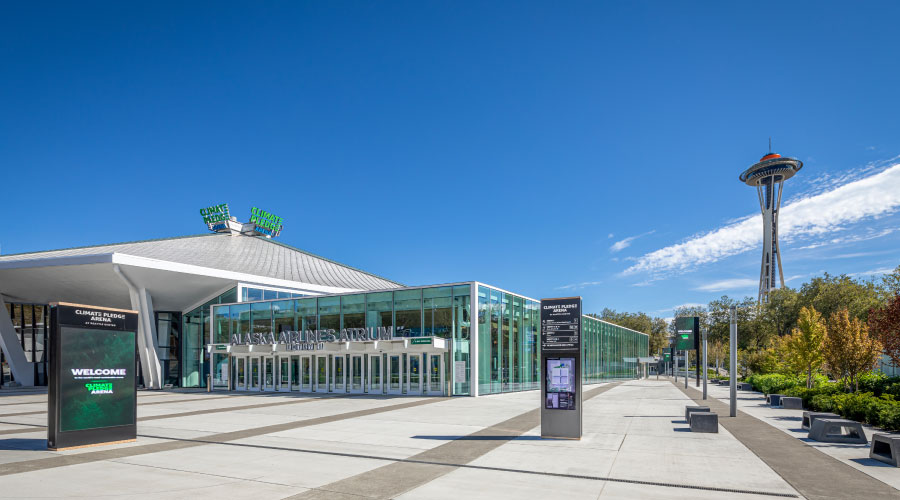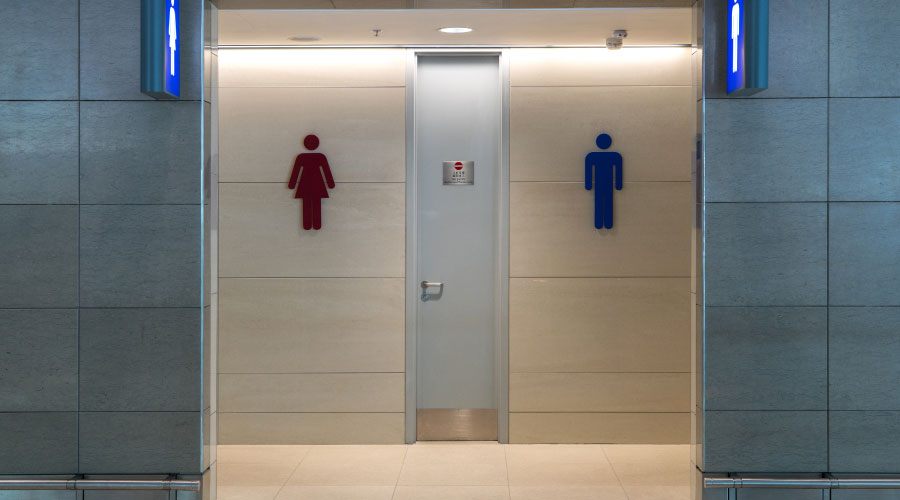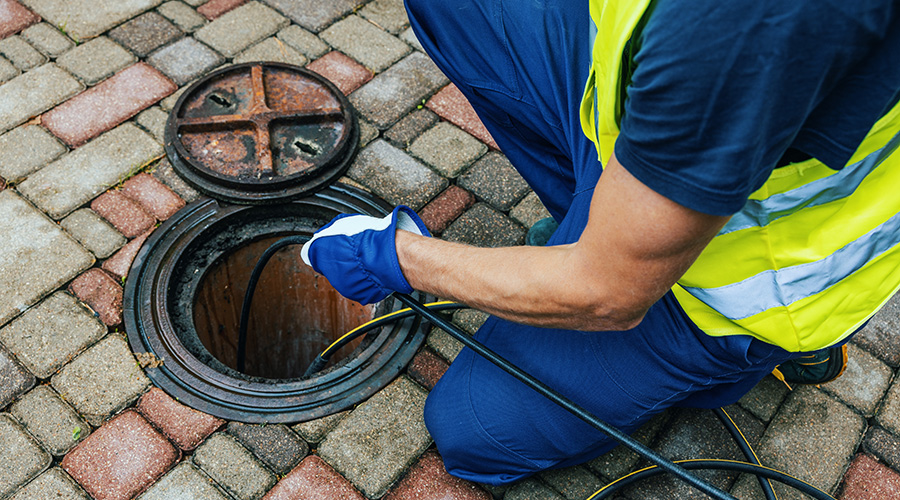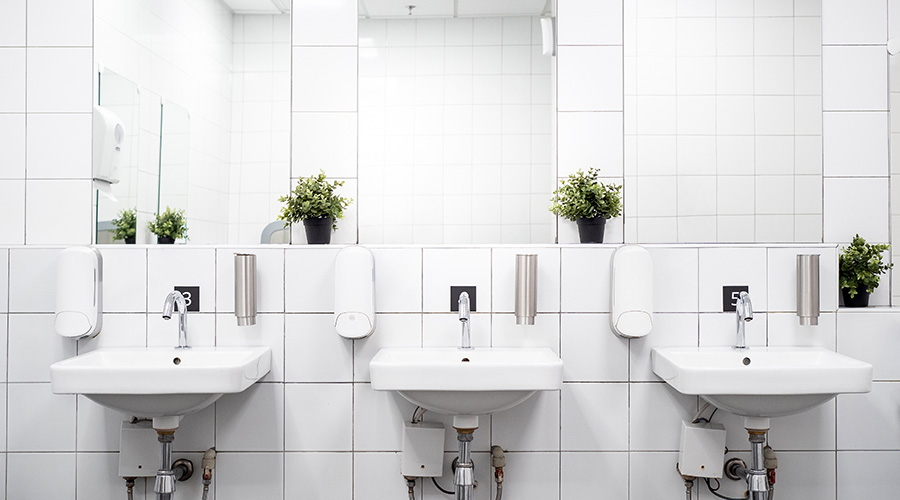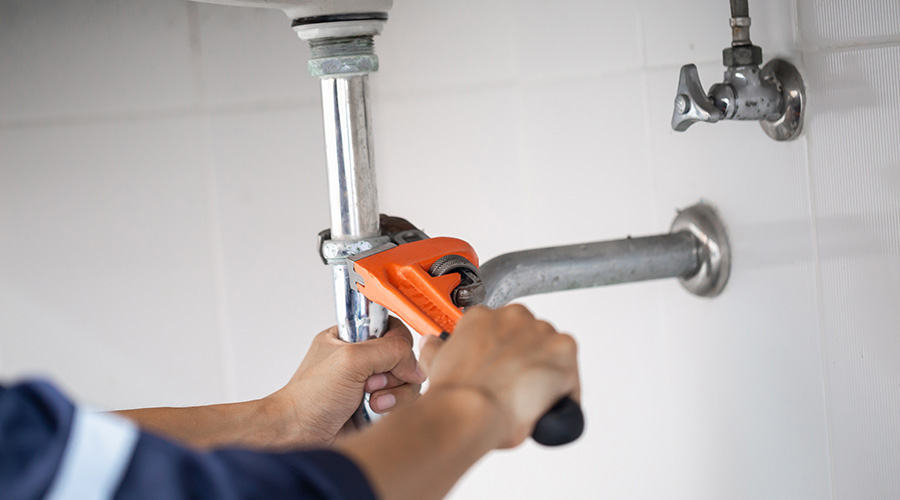Sustainable Water Management: Climate Pledge Arena's Green Initiatives
The Climate Pledge Arena is on its way to becoming one of the most sustainable buildings
By Mackenna Moralez, Associate Editor
OTHER PARTS OF THIS ARTICLEPt. 1: This Page
Home to the NHL’s Seattle Kraken and the WNBA’s Seattle Storm, the Climate Pledge Arena can host up to 18,300 people for any given event. With the amount of people that could be in the facility, even the smallest sustainable effort can go a long way.
The arena, which first opened in 2021, aims to be one of most sustainable facilities in the world. It is one of 375 corporations to sign the Climate Pledge, an agreement to reach net-zero carbon emissions by 2040. Already, the arena has made strides in its sustainable mission by becoming the first all-electric arena in the nation. It also plans to eliminate single-use plastic and is in the works to become the first International Living Future Institute-certified zero-carbon arena.
“As we were pouring concrete, hooking up natural gas lines to the building, Amazon knocked at our doors and said that they would like to purchase naming rights to the arena,” Brianna Treat, director of sustainability at Climate Pledge Arena says. “And with that agreement comes several key performance indicators — or sustainability goals — that the arena must meet. We agreed to decarbonize the building and achieve one of the most stringent zero carbon certifications through LIFI. That certification completely changed the construction process for us — we actually had to go back and tell our contractors that we were going to electrify the building and not use natural gas anymore. So all of the guts, bells and whistles that we've ordered had to be changed.”
With having sustainable goals to meet, the Climate Pledge Arena regrouped to decide on which areas they could reduce waste and conserve water. Implementations include:
- Significant on-site retention tanks reduce stormwater runoff.
- Water bottle filling stations throughout the arena.
- The soil, gravel, porous pavement, and new planting areas around the Arena allow for reduced storm water run-off and will improve the long-term health of surrounding trees.
“Our ‘Rain to Rink’ system harvests water off the roof, collects it into a 15,000-gallon cistern, and turns it into the greenest ice in the NHL,” says Treat. “Last season we collected over 200,000 gallons of rainwater from our Rain to Rink System to create some of the greenest ice in the NHL. For our first pre-season game of this year, we utilized 10,000 gallons of leftover rainwater from last year’s rainy season to fill the entire rink.”
Restroom water conservation
Climate Pledge Arena has also partnered with Sloan to install restroom fixtures to reach its sustainable goals. With more than 700 water closets, urinals, flushometers and faucets throughout the arena, the fixtures aim to deliver up to 20,000 gallons of water savings per event and are LEED approved.
“Given our location on Puget Sound, we believe it is important to demonstrate leadership in water quality and water use wherever we can,” says Treat. “From the very beginning, sustainability was really thought of from the design and operations of the building. So, when we were thinking of water fixtures, we knew that we wanted to select fixtures that were going to conserve as much water as possible, knowing that we were going to have upwards of 17,000 fans in the building every other day consuming water.”
The low-flow faucets are designed to use 1.5 less gallons of water per minute compared to traditional faucets. The fixtures are also touch free, allowing for a hygiene-friendly experience for all guests.
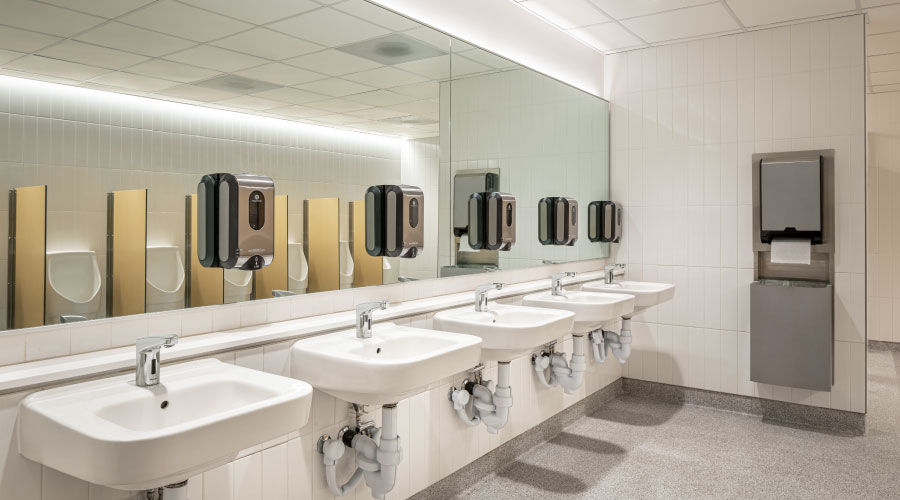
The arena also installed 329 Sloan water-saving water closet toilets and paired them with exposed sensor flushometers, resulting in low water consumption and high efficiency.
In addition, the 45 urinals, along with 110 water-free urinals throughout the arena maximize LEED credits and minimize water and sewage costs.
The arena knows that it will always use energy, water and produce waste as part of its operations. It chose restroom fixtures that will lessen its environmental impact while still allowing the business to be operational. Treat explains that the fixtures help the operations team do its monthly water checks so that they can potentially fit something in where they haven’t yet considered.
“We’re doing pretty well on the fixture front, but when I start thinking about other ways that we use water at the arena, maybe in five or 10 years we can lessen that impact even more,” Treat says. “It really was about picking the most efficient fixtures out there that were approved by LEED.”
Overcoming challenges
Implementing water conservation fixtures within Seattle presented its own unique set of challenges, though. The city has strict regulations on water usage, and any water conservation measures implemented must meet the requirements. For example, Seattle requires new construction to use fixtures that meet WaterSense standards, which limit what can and cannot be installed.
“Seattle is located in an area that is susceptible to drought, and water conservation is critical to maintaining water availability,” says Treat. “However, it can be challenging to balance the water conservation efforts with the water needs of a large arena, which requires significant amounts of water for activities such as ice-making and cleaning which is why we have installed LEED approved water efficiency technology around the concourse and the design of our Rain to Rink system which provides an opportunity for the arena to pull from regional resources and not the domestic water supply during the rainy season.”
Despite making huge strides in becoming one of the most sustainable buildings, the Climate Pledge Arena still has more plans in place. Treat explains that throughout the facility there is signage and videos that explain their mission and how they conserve water on the grounds. In addition, on World Water Day they took to social media to showcase the efforts they are putting toward water conservation.
“We’re really mindful about the process,” Treat says. “Know that we’re going to consume a bit of water each month because of all of our events and with folks coming through our doors. We often think about what we can do and continue to do to lessen that impact. That’s why we do our daily and monthly water checks. That’s why I’m always analyzing our water bills when there’s capital improvement projects. We’re always open to really improving based on any feedback we get from our friends at Amazon, other collaborators, our operations team, our plumbers — you name it. We are willing to improve what we can on the water front.”
Mackenna Moralez is the associate editor of the facilities market.
Related Topics:








